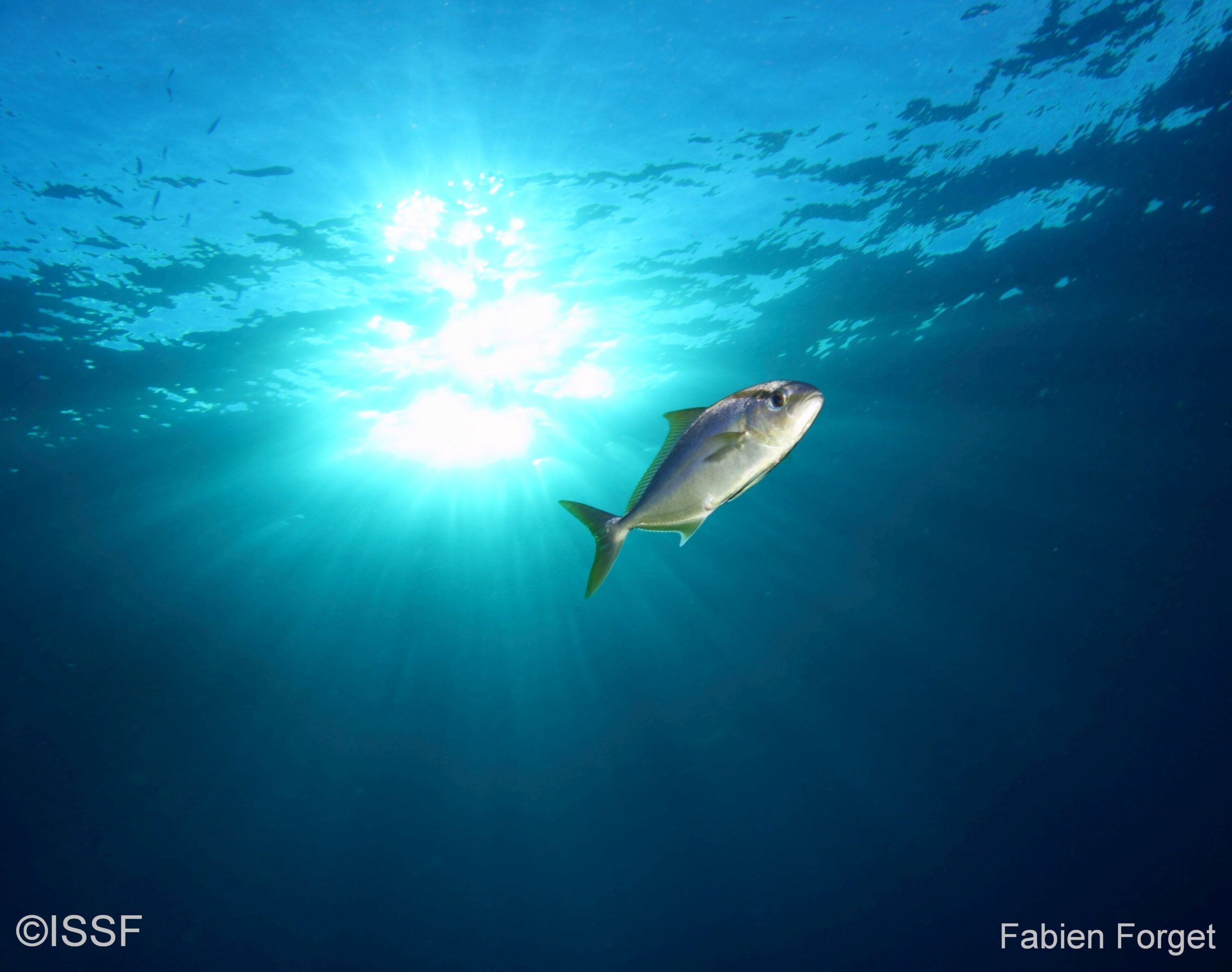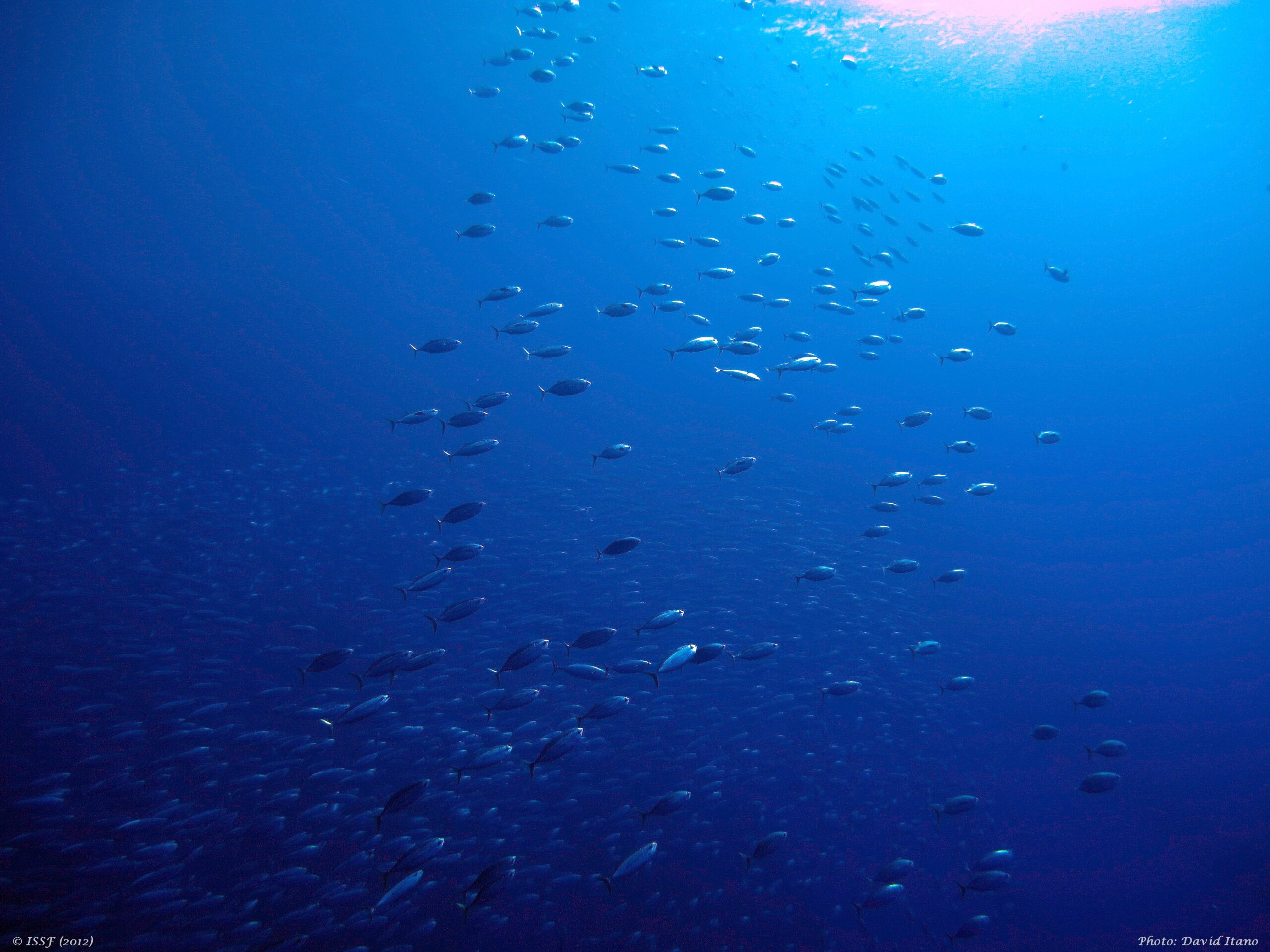
ISSF REPORT: 85% of Global Tuna Catch Comes from Stocks at Healthy Levels; Stock Status Remains Unchanged Since March 2023 Report
Of the total commercial tuna catch worldwide, 85% comes from stocks at “healthy” levels of abundance, according to the newest International Seafood Sustainability Foundation (ISSF) Status of the Stocks report. Overfished stocks accounted for 11% of the total catch, and 4% of the catch came from stocks at an intermediate level of abundance.
No individual stock statuses have changed since the March 2023 Status of the Stocks report. The updated report incorporates recent stock-assessment results for Western Pacific bigeye, Western Pacific yellowfin, North Pacific albacore, North Atlantic albacore, and Southern bluefin, none of which has changed. The lack of substantial changes in stock status between report periods highlights the value of continuous scientific assessments to inform stock-management decisions.
The report did find that several tuna stocks are considered overfished and/or subject to overfishing:
- Mediterranean albacore, Indian ocean bigeye and Indian Ocean yellowfin stocks are overfished and subject to overfishing.
- Pacific Ocean bluefin is overfished.
In terms of RFMO stock management, key updates since March 2023 include:
- IATTC established new conservation measures for tropical tuna FAD fisheries in the Eastern Pacific Ocean, including encouraging member states to initiate drifting-FAD recovery programs and establish deadlines for a stepwise transition to using fully non-entangling (required from 2025 onwards) and biodegradable FADs (gradually, until 2029), respectively.
- IATTC adopted a full harvest strategy and Harvest Control Rule for North Pacific albacore.
- IOTC and CCSBT endorsed total allowable catch (TAC) recommendations for Indian Ocean bigeye and Southern bluefin, respectively, based on the outcome of each stock’s management procedure.
The Status of the Stocks report is reviewed by the ISSF Scientific Advisory Committee, which provides advice on its content. The report does not advocate any particular seafood purchase decisions.
Key Statistics in the New Report
- Abundance or “spawning biomass” levels: Globally, 61% of the stocks are at a healthy level of abundance (unchanged from the March 2023 report), 22% are at an intermediate level, and 17% are overfished.
- Fishing mortality levels: 78% of the 23 stocks are not experiencing overfishing, 13% are experiencing overfishing, and 9% are at an intermediate level.
- Tuna production by fishing gear: 66% of the catch is made by purse seining, followed by longline (9%), pole-and-line (8%), gillnets (4%) and miscellaneous gears (13%).
- Largest tuna catches by stock: The five largest catches in tonnes, unchanged since the previous report, are Western Pacific Ocean skipjack, Western Pacific Ocean yellowfin, Indian Ocean skipjack, Indian Ocean yellowfin, and Eastern Pacific Ocean skipjack.
- Total catch: The catch of major commercial tunas was 5.1 million tonnes in 2021. Fifty-seven percent of it was skipjack tuna, followed by yellowfin (31%), bigeye (7%) and albacore (4%). Bluefin tunas accounted for 1% of the global catch.
ISSF publishes its signature Status of the Stocks report several times each year using the most current scientific data on 23 major commercial tuna stocks.
About the Status of the Stocks Report
There are 23 stocks of major commercial tuna species worldwide — 6 albacore, 4 bigeye, 4 bluefin, 5 skipjack, and 4 yellowfin stocks. The Status of the Stocks summarizes the results of the most recent scientific assessments of these stocks, as well as the current management measures adopted by the RFMOs. Status of the Stocks assigns color ratings (green, yellow or orange) using a consistent methodology based on three factors: Abundance, Exploitation/Management (fishing mortality), and Environmental Impact (bycatch).
ISSF produces several Status of the Stocks reports each year to provide clarity about where we stand — and how much more needs to be done — to ensure the long-term sustainability of tuna stocks. The Status of the Stocks presents a comprehensive analysis of tuna stocks by species, and the Evaluation of the Sustainability of Global Tuna Stocks Relative to Marine Stewardship Council (MSC) Criteria provides scores for the stocks and RFMOs based on MSC assessment criteria. Together, these tools help to define the continuous improvement achieved, as well as the areas and issues that require more attention.
In addition, ISSF maintains a data-visualization tool based on its Status of the Stocks report. The “Interactive Stock Status Tool” is located on the ISSF website and accessible through the Status of the Stocks overview page. Users can easily toggle through tuna abundance and exploitation health indicators by catch or stock, filter by location and species, and see the share of total catch by species/stocks and gear types.


